Secret Life of Colour Part 3 - Modern Marvels & Strange Pigments
From cobalt blues to cadmium reds, discover the science, stories, and secrets behind the modern colours that changed art forever.
The Secret Life of Colour – Part 3: Modern Marvels & The Strange Side of Pigments
Colour has always been a mix of art and alchemy — and by the time we reached the 19th and 20th centuries, artists were no longer just grinding rocks and plants. Chemists joined the story, creating bright, stable pigments that changed art forever. But even in modern times, some colours come with strange, fascinating stories.
In this final part of The Secret Life of Colour series, we’re exploring how new pigments gave artists freedom like never before — and then we’ll finish with some of the weirdest and most wonderful colours from history.
💙 Cobalt Blue – A Sky in a Tube
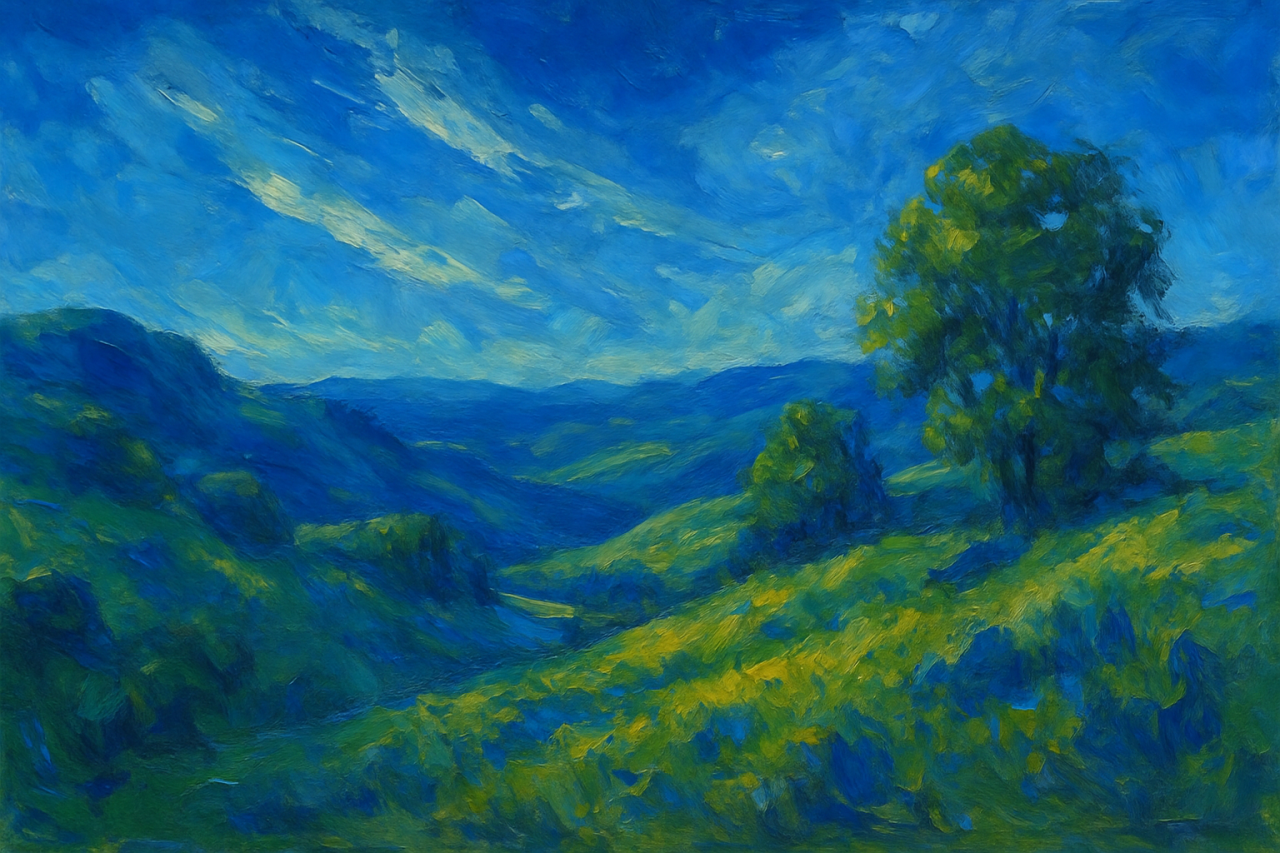
When artists first squeezed Cobalt Blue from a paint tube, it felt like the sky itself had finally been captured.
This brilliant pigment was discovered in the early 1800s, made from cobalt oxide and aluminium. Unlike earlier blues that faded or reacted with other pigments, cobalt was stable, luminous, and perfect for skies and water.
Artists like Monet and Van Gogh used it constantly — it gave their skies that clear, glowing light you can almost feel.
Even in pastel form today, cobalt pigments have that same velvety strength and clarity.
❤️ Cadmium Red – The Colour of Emotion
Few pigments pack as much impact as Cadmium Red.
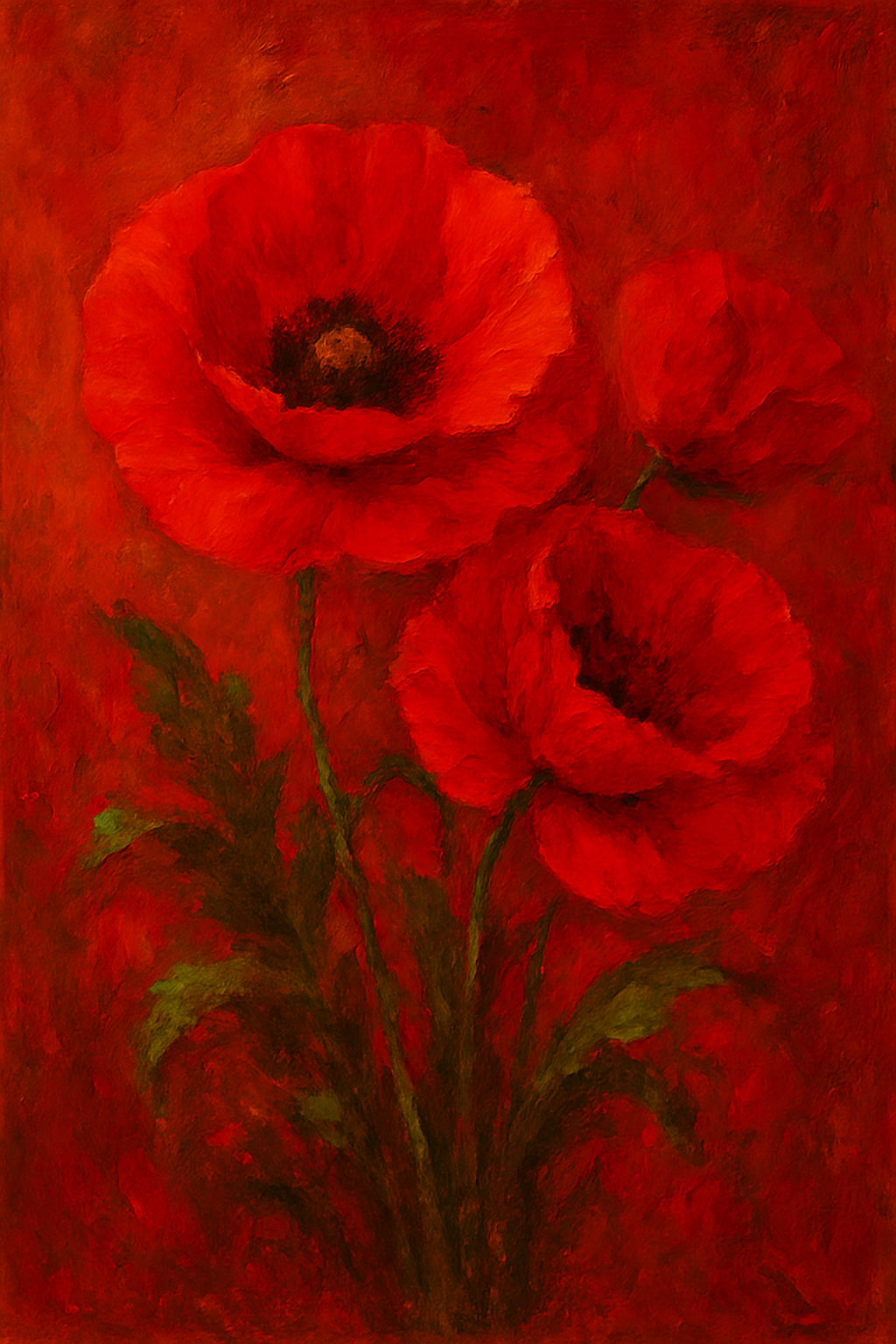
Developed in the 19th century, it quickly became a favourite for painters who wanted bold, confident colour. Henri Matisse famously flooded entire canvases with it — his Red Studio is one of the best-known examples of pure colour as emotion.
Cadmium pigments are made from cadmium sulphides and selenides — stable, opaque, and rich.
They’re also incredibly lightfast, which means the fiery reds that artists love won’t fade the way older reds did.
“Cadmium Red is like painting with courage,” Matisse once said — and honestly, he wasn’t wrong.
💚 Phthalo Green – The Modern Powerhouse
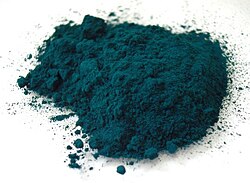
If you’ve ever used a green so strong it nearly takes over the page, you’ve probably met Phthalo Green.
It’s a synthetic pigment discovered in the 1930s, known for its intensity and transparency.
Artists love it because a tiny bit goes a long way — it can be used thinly for luminous water effects or mixed into earthy tones for depth.
Phthalo pigments (blue and green) were revolutionary for abstract and modern artists like Helen Frankenthaler and Morris Louis, who used their staining power to soak pure colour straight into raw canvas.
☀️ Why Reds Fade Faster
Red might be the colour of passion, but it’s also one of the most fragile hues in art.
Historically, many reds came from plants or insects — like Madder Lake or Cochineal — and their organic structure just couldn’t stand up to sunlight.
Even in modern materials, reds absorb more UV light than cooler colours, which breaks down their molecules over time. That’s why old paintings (and even red vinyl signs!) often fade first.
Thankfully, stable reds like Cadmium, Quinacridone, and Perylene have changed that — proof that science and art can finally get along.
💛 Indian Yellow – The Mystery of the Mango-Fed Cows
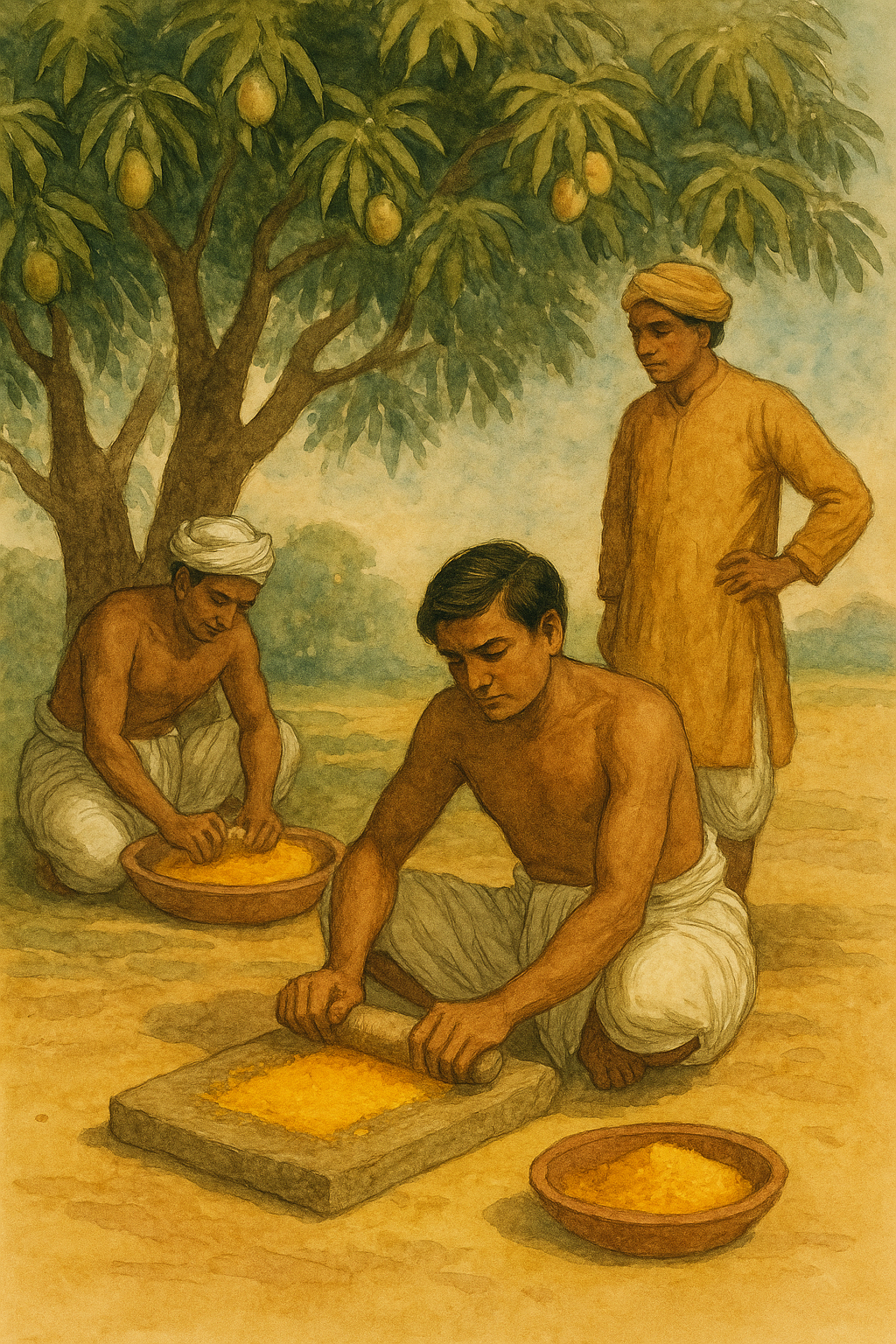
Few colours have a story as strange as Indian Yellow.
Legend says it was once made from the urine of cows fed only on mango leaves — producing glowing yellow cakes of pigment.
Though the exact truth is still debated, the story was so widespread that production was banned in the early 1900s over animal welfare concerns.
Today’s “Indian Yellow Hue” pigments are synthetic — just as luminous, and thankfully cruelty-free.
❤️ Cochineal Red – The Treasure from Insects
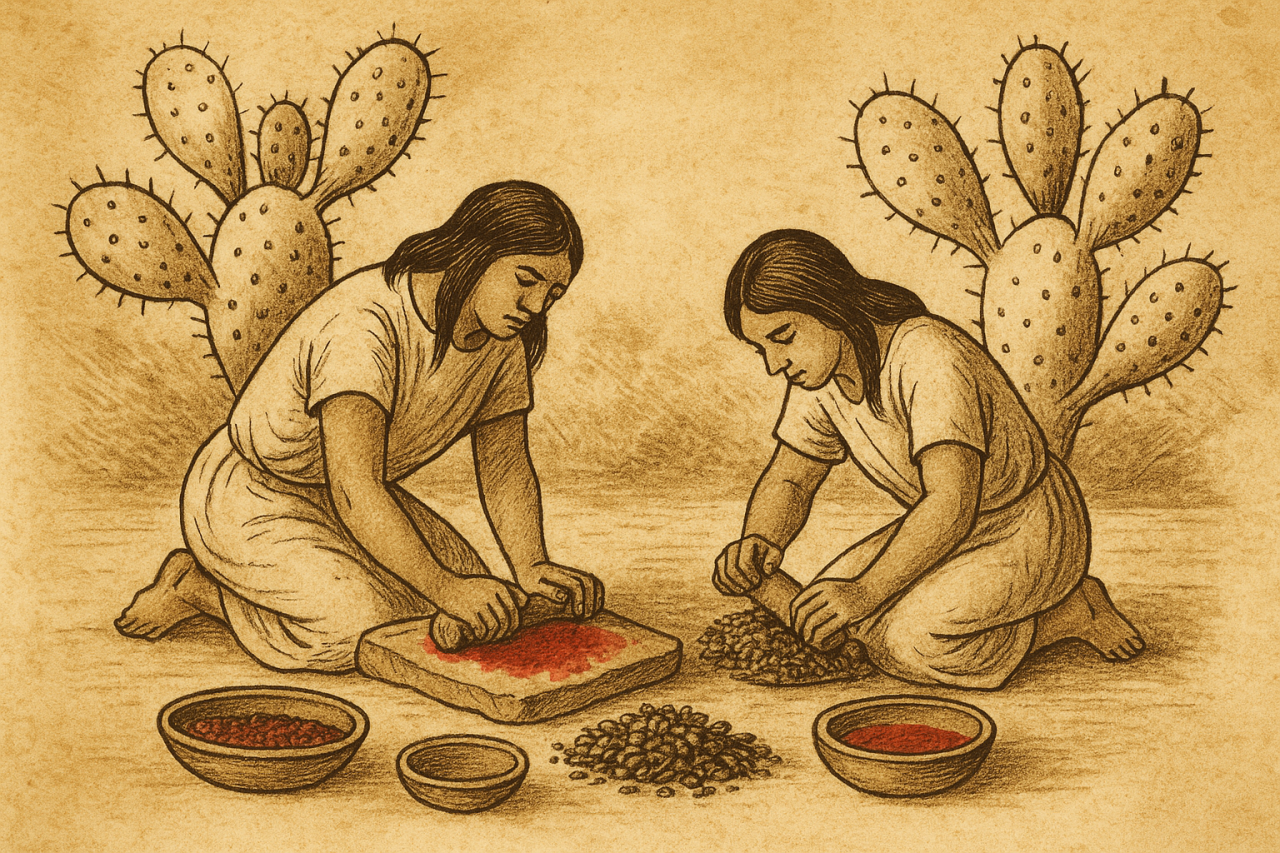
The bright crimson used in centuries of European textiles and paintings came from a small cactus-dwelling insect found in Mexico.
It took around 70,000 dried cochineal insects to make just one pound of pigment!
The Aztecs and later the Spanish prized it so highly that it was traded like gold and shipped to Europe by the ton.
Even now, this pigment lives on — listed as E120 (Carmine) in food and cosmetics. You may have eaten or worn a little cochineal without even realising it.
💜 Tyrian Purple – The Colour of Kings
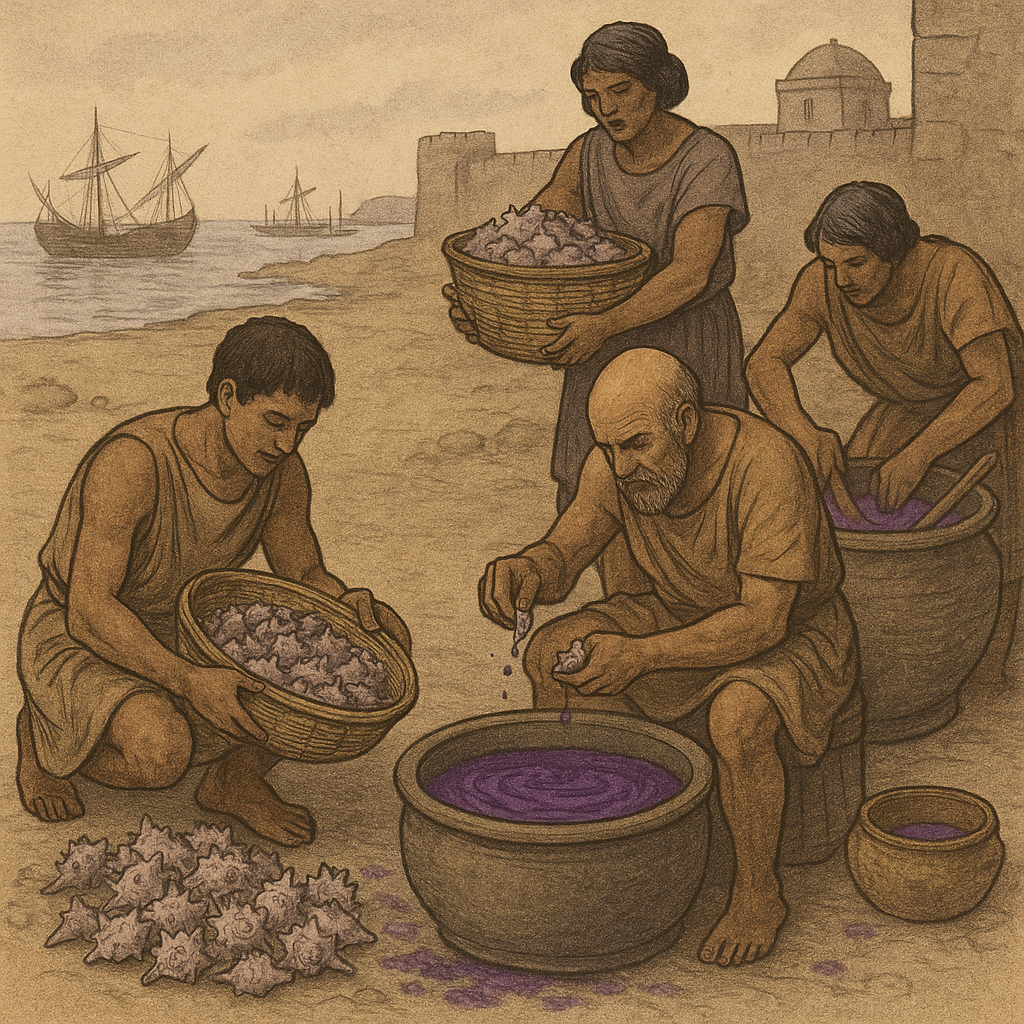
Long before synthetics, Tyrian Purple was made from the mucus of sea snails — Murex brandaris, to be exact.
It took about 10,000 snails to make a single gram of dye. The smell was awful, the process brutal, and the colour so expensive that only emperors could wear it.
This is why purple still feels royal even today.
🖤 Vantablack – The Black That Broke the Internet
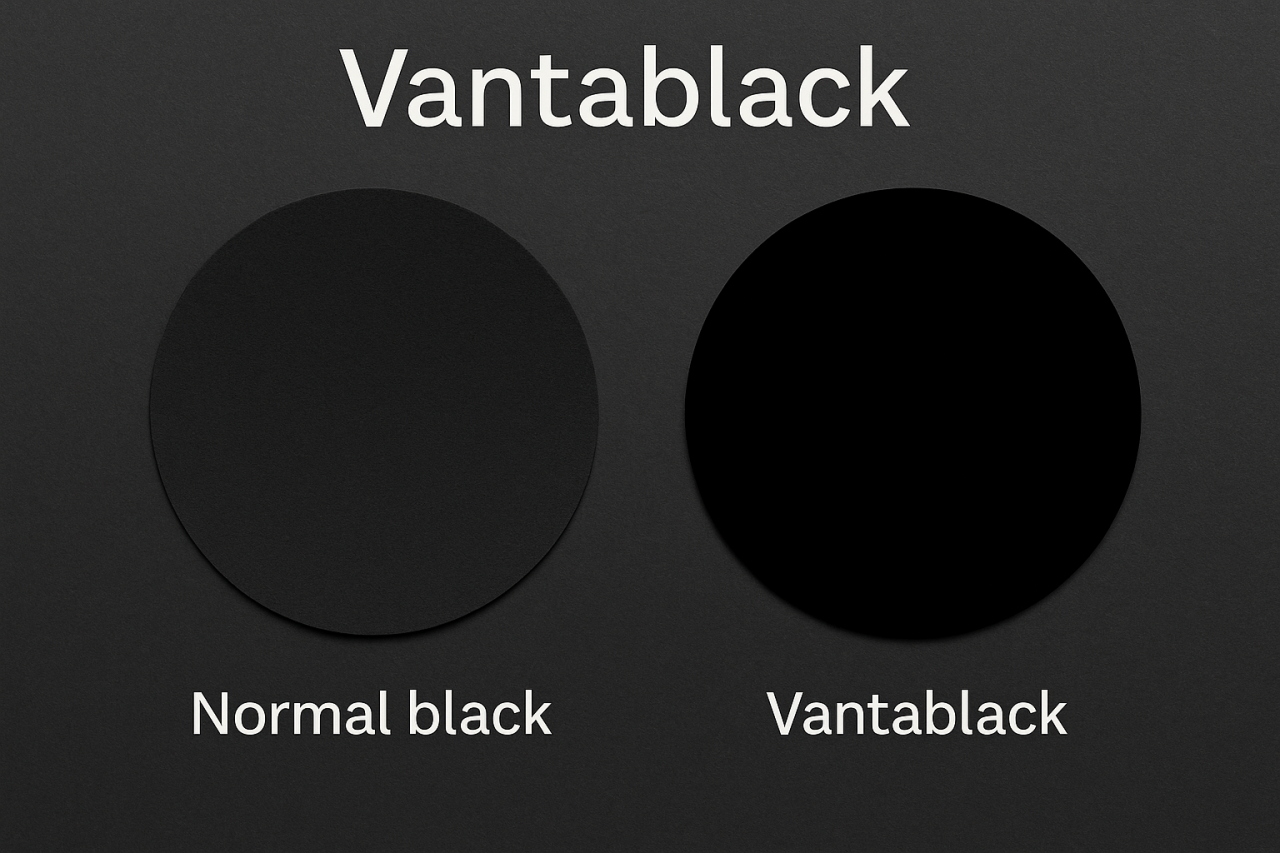
Fast forward to the 21st century, and colour controversy is still alive.
Vantablack is made from carbon nanotubes and absorbs 99.965% of light — it’s so dark that 3D shapes look completely flat.
When artist Anish Kapoor bought exclusive rights to use it, other artists rebelled.
In response, Stuart Semple created Black 2.0 — a rich, matte black anyone could buy… except Kapoor.
Even in our modern world, colour still inspires rivalry, rebellion, and a good dose of drama.
💜 Han Purple – The Lost Colour of Ancient China
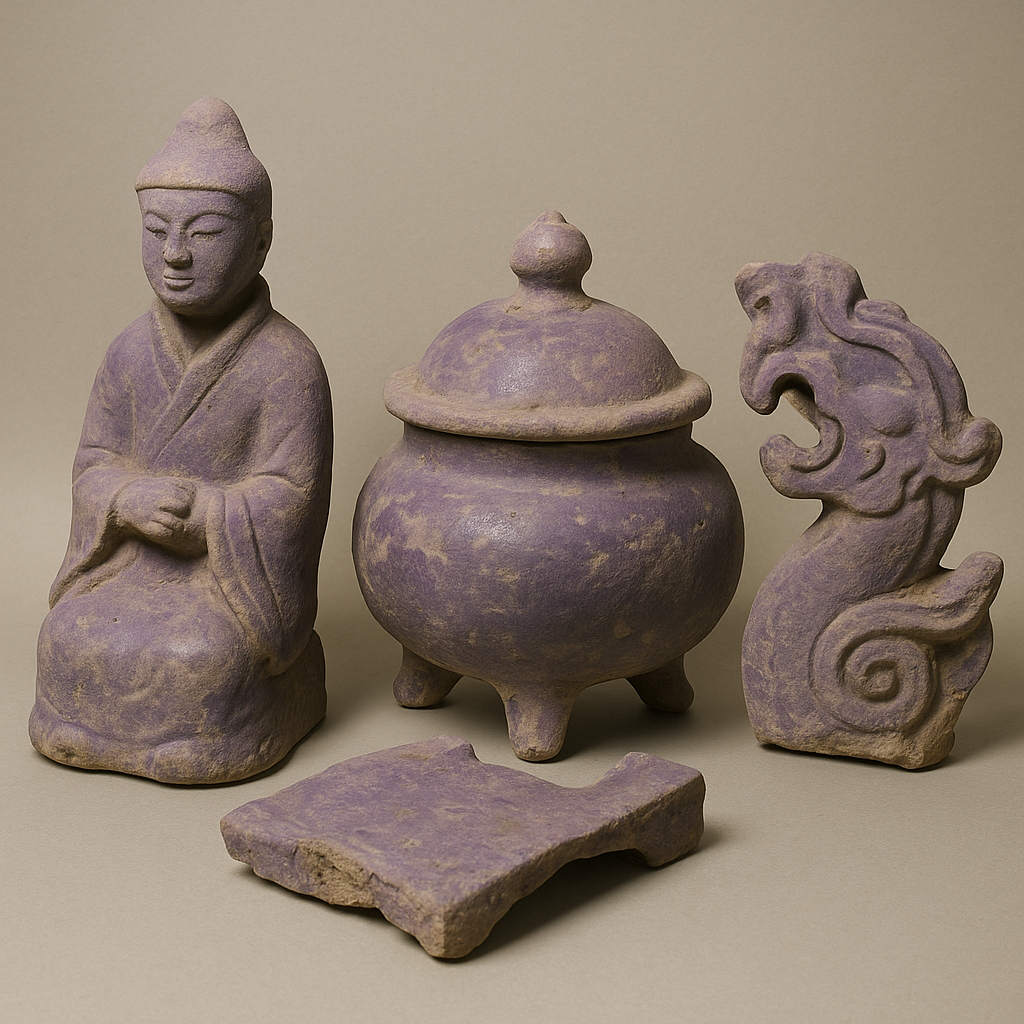
Over 2,000 years ago, Chinese artisans created a vivid purple pigment called Han Purple — centuries before similar chemistry appeared in the West.
Then it vanished. The technique was lost for millennia until scientists rediscovered it in the 1990s while analysing ancient pottery.
Even more amazing? Han Purple emits light in the near-infrared range — wavelengths our eyes can’t see.
So this ancient pigment literally glows beyond human vision.
✨ The Magic of Modern Colour
From crushed gemstones and sea snails to synthetic chemistry and nanotechnology, the story of colour is really a story of human curiosity.
Every pigment we use today — in our pastels, paints, and pencils — carries a piece of that history.
Next time you open your pastel box, take a look at the colours in your hand.
Ultramarine, ochre, cadmium, cobalt — they’re not just pigments.
They’re stories, and you’re continuing them every time you make art
Thanks for reading,
Kerri xx
 Kerri Dixon
Kerri Dixon 
